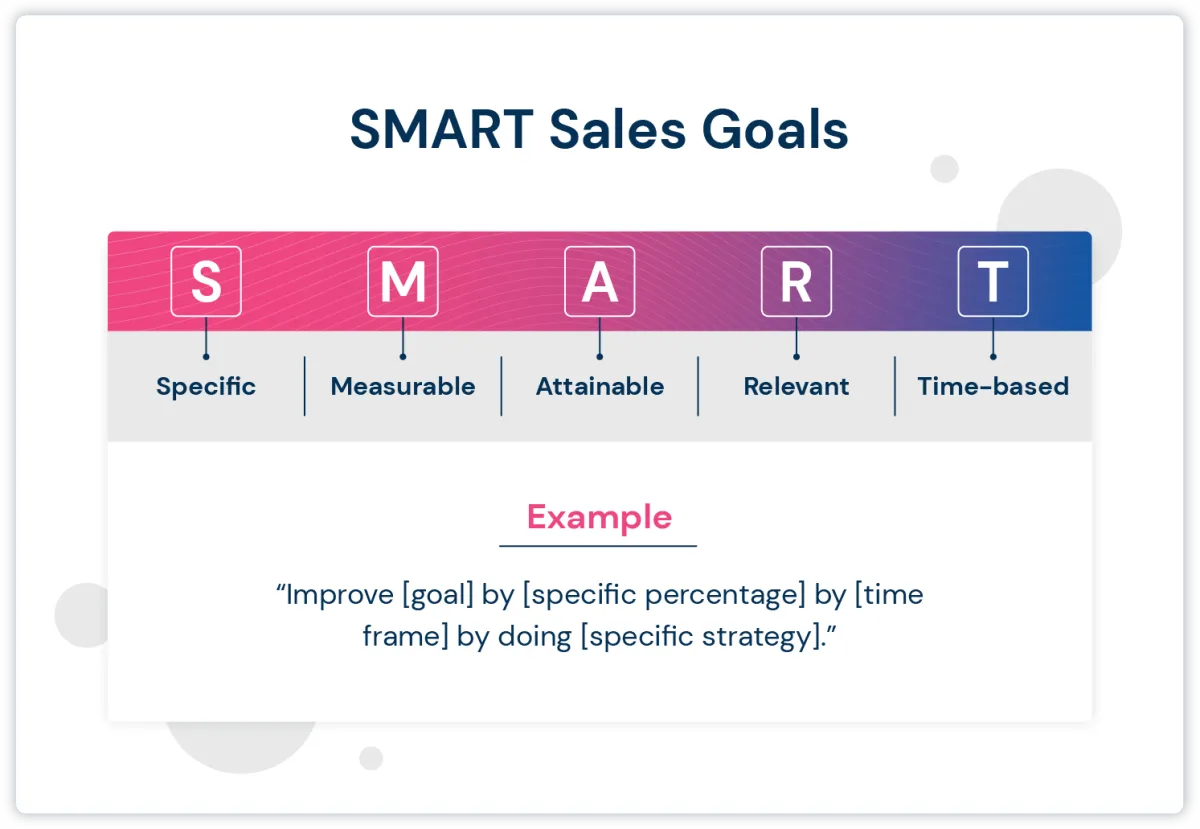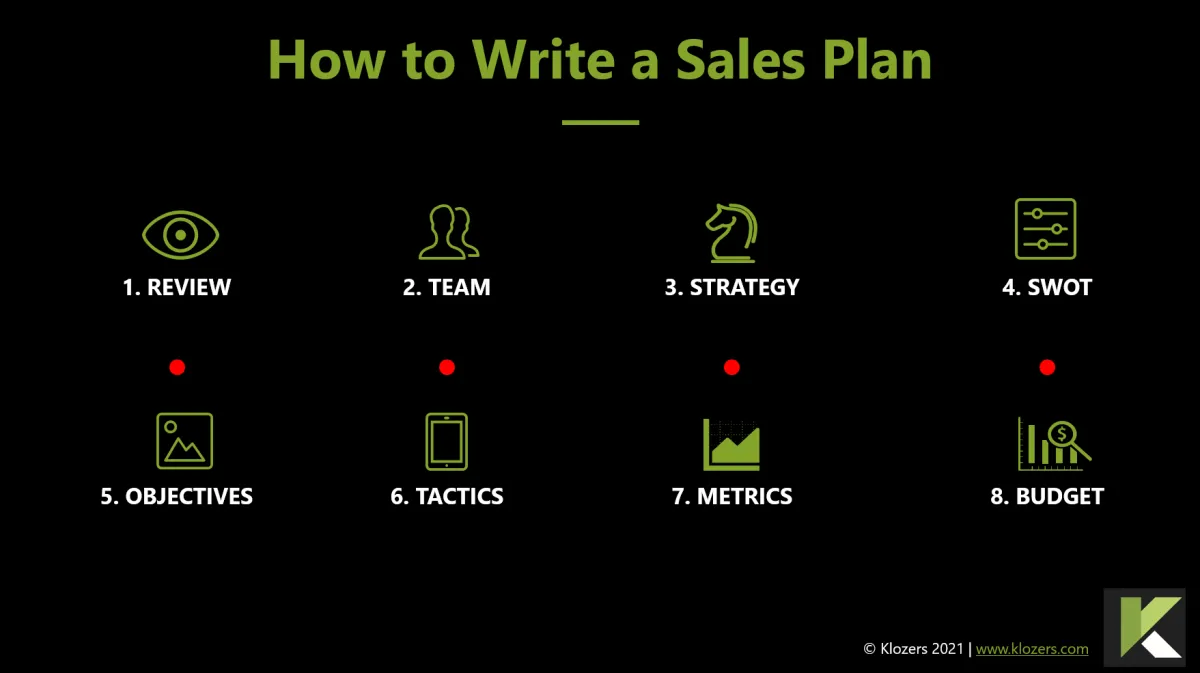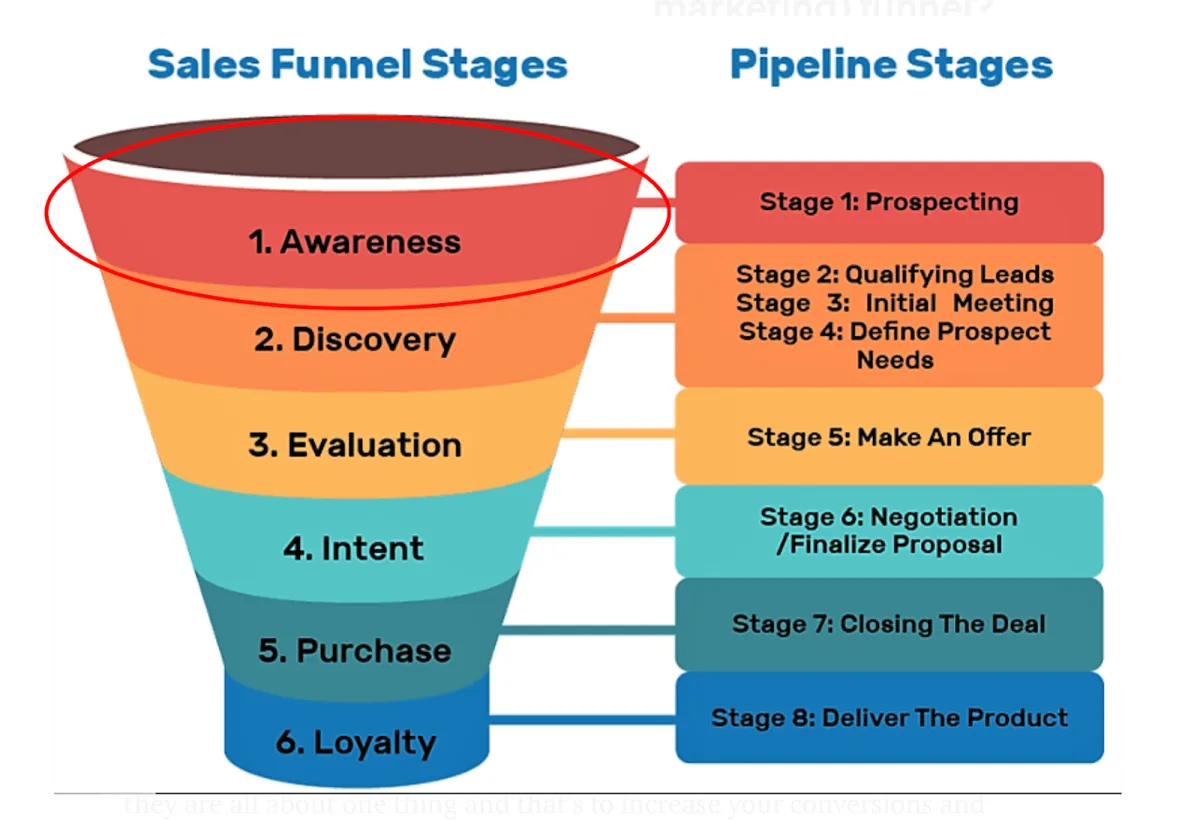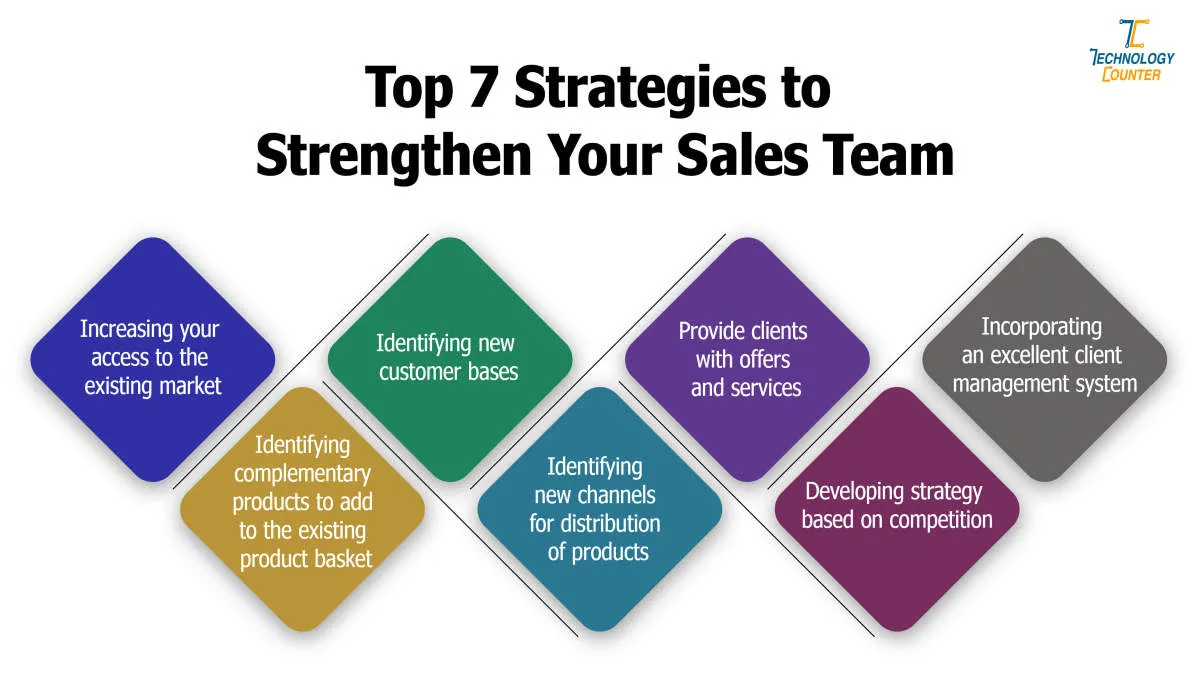In today’s competitive business landscape, developing effective sales strategies is crucial for boosting revenue and staying ahead. This article explores key tactics and techniques to help businesses maximize their sales potential and achieve sustainable growth.
Understanding Your Target Market

A deep understanding of your target market is paramount to developing effective sales strategies. It’s not enough to simply identify who might be interested in your product or service; you need to delve into their motivations, behaviors, and needs. This knowledge will guide your sales approach, messaging, and even product development, ultimately leading to higher conversion rates and increased revenue.
Here are key aspects to consider when defining your target market:
Demographics:
This encompasses age, gender, location, education level, occupation, and income. Understanding these basic demographics helps paint a picture of your ideal customer’s profile.
Psychographics:
Go beyond demographics and delve into your target market’s values, interests, lifestyle choices, attitudes, and opinions. What are their aspirations? What motivates them?
Needs and Pain Points:
What problems does your target market face, and how does your product or service provide a solution? Identify their pain points and position your offerings as effective solutions that address their specific needs.
Buying Behavior:
Understanding how your target market makes purchasing decisions is crucial. Do they conduct extensive research online? Do they rely on reviews and recommendations? Are they price-sensitive, or do they prioritize value and quality?
Preferred Communication Channels:
Identify where your target market spends their time online and offline. Do they prefer social media platforms, email marketing, or traditional advertising? Tailor your sales and marketing efforts to reach them through their preferred channels.
Setting Sales Goals

Before diving into specific strategies, it’s crucial to establish clear and measurable sales goals. These goals will act as targets, guiding your efforts and allowing you to track progress effectively. Consider the following when setting your sales goals:
Specificity is Key
Vague goals lead to vague results. Instead of aiming for “increased sales,” specify the exact figures you want to achieve. For instance, aim for a 15% increase in quarterly revenue or a 10% boost in the average transaction value.
Realistic and Attainable
While ambition is admirable, ensure your sales goals are grounded in reality. Unrealistic targets can lead to demotivation and frustration. Conduct a thorough analysis of your historical data, market trends, and available resources to set achievable goals.
Time-Bound Targets
Establish clear timeframes for achieving each goal. This could be monthly, quarterly, or annual targets. Having a defined timeline creates a sense of urgency and helps monitor progress effectively.
Alignment with Business Objectives
Ensure your sales goals align with your overall business objectives. If your primary business goal is market expansion, your sales goals should reflect that, perhaps focusing on new customer acquisition.
Regular Review and Adjustment
Market dynamics and business landscapes are constantly evolving. Regularly review your sales goals and make necessary adjustments based on performance, market trends, and any unforeseen circumstances.
Creating a Sales Plan

A well-defined sales plan is the backbone of effective sales strategies. It acts as a roadmap, guiding your sales team towards achieving revenue goals and driving business growth. Here’s a breakdown of the key components to include when creating your sales plan:
1. Executive Summary
Begin with a concise overview of your plan’s objectives, target market, and key strategies. This section should provide a snapshot of your sales vision.
2. Market Analysis
Conduct thorough research to understand your target audience, industry trends, and competitive landscape. Identify customer needs, pain points, and purchasing behaviors.
3. Target Audience
Define your ideal customer profiles (ICPs) with specific demographics, psychographics, and buying motivations. This clarity will enable targeted and effective sales efforts.
4. Sales Goals and Objectives
Set realistic and measurable sales targets. Determine key performance indicators (KPIs) such as revenue goals, sales cycle length, and customer lifetime value.
5. Sales Strategies
Outline the specific tactics and approaches your team will employ to reach target customers and achieve sales objectives. This may include inbound marketing, outbound prospecting, or channel partnerships.
6. Sales Processes and Activities
Define clear steps and activities involved in your sales process, from lead generation to closing deals. Establish a structured framework for consistent and efficient sales execution.
7. Sales Team Structure and Resources
Outline your sales team’s organizational structure, roles, and responsibilities. Determine necessary resources such as technology, training, and support to empower your team.
8. Sales Forecasting and Pipeline Management
Implement a system for accurate sales forecasting and pipeline management. Track sales progress, identify potential roadblocks, and make data-driven adjustments to optimize performance.
9. Performance Tracking and Evaluation
Establish mechanisms to monitor and evaluate the effectiveness of your sales plan. Regularly review KPIs, gather feedback from your sales team, and make necessary adjustments to stay on track.
Training Your Sales Team

A well-trained sales team is crucial for implementing effective sales strategies and driving revenue growth. Investing in sales training equips your team with the knowledge, skills, and tools they need to succeed. Here’s what to consider when training your sales team:
1. Identify Skills Gaps
Start by assessing your team’s existing skills and knowledge. Identify areas where they excel and areas that need improvement. This could involve evaluating their product knowledge, sales techniques, communication skills, and understanding of your target audience.
2. Define Clear Training Objectives
Establish specific, measurable, achievable, relevant, and time-bound (SMART) objectives for your sales training program. What do you want your team to be able to do differently as a result of the training?
3. Choose the Right Training Methods
Tailor your training approach to the needs of your team and the objectives you’ve set. Consider a blended learning approach that incorporates various methods such as:
- Online courses: Provide flexibility and allow for self-paced learning.
- In-person workshops: Facilitate interactive discussions and role-playing exercises.
- Mentoring programs: Pair experienced sales representatives with newer team members for guidance and support.
- Sales simulations: Create realistic scenarios for practicing sales pitches and handling objections.
4. Focus on Product Knowledge
Your sales team must be experts on your products or services. Provide comprehensive training that covers product features, benefits, and competitive advantages. Encourage your team to become fluent in explaining the value proposition to customers.
5. Develop Sales Techniques
Equip your team with effective sales methodologies and techniques. This might include training on:
- Prospecting and lead qualification
- Needs analysis and active listening
- Handling objections and overcoming resistance
- Closing techniques
6. Embrace Technology
Familiarize your team with the latest sales tools and technologies, such as customer relationship management (CRM) software, sales automation tools, and social selling platforms. Understanding how to leverage technology can significantly enhance their efficiency and effectiveness.
7. Foster Ongoing Coaching and Development
Sales training shouldn’t be a one-time event. Implement a culture of continuous learning and development. Provide regular coaching sessions, feedback, and opportunities for your team to refine their skills and stay up-to-date on industry best practices.
Implementing Sales Techniques

Once you’ve developed your sales strategies, the next crucial step is implementation. This involves putting your plans into action and utilizing effective sales techniques to engage prospects and close deals. Here are some key techniques to consider:
1. Prospecting and Qualifying Leads
Effective sales implementation starts with identifying and targeting the right prospects. Utilize various prospecting methods such as networking, referrals, online research, and lead generation campaigns to build a strong pipeline. Once you have leads, it’s essential to qualify them based on their needs, budget, and decision-making authority. This ensures that you’re focusing your efforts on high-potential prospects.
2. Building Rapport and Needs Assessment
Establishing rapport with potential customers is crucial for building trust and credibility. Engage in active listening, ask open-ended questions, and focus on understanding their pain points and challenges. By conducting a thorough needs assessment, you can tailor your sales pitch to address their specific requirements and demonstrate the value of your product or service.
3. Presenting Solutions and Handling Objections
Once you understand your prospect’s needs, present your solutions in a clear and concise manner. Highlight the key benefits and features that directly address their pain points. Be prepared to handle objections effectively by acknowledging their concerns, providing evidence and testimonials, and offering alternative solutions.
4. Closing the Sale and Follow-Up
Don’t be afraid to ask for the sale when the time is right. Use various closing techniques such as summarizing the benefits, offering incentives, or creating a sense of urgency. Once a sale is made, ensure a smooth onboarding process and provide excellent customer support. Follow-up consistently to build relationships, nurture customer loyalty, and identify upselling or cross-selling opportunities.
Monitoring Sales Performance

Monitoring your sales performance is crucial for understanding what’s working and what’s not in your sales strategies. This involves tracking key performance indicators (KPIs) that provide insights into your sales activities and their effectiveness.
Some of the essential sales KPIs to monitor include:
- Total Revenue: This metric tracks the overall revenue generated from your sales activities.
- Number of Deals Closed: This KPI measures the number of sales deals successfully closed within a specific period.
- Average Deal Size: Calculating the average value of your deals helps you understand the worth of your typical sale.
- Sales Conversion Rate: This metric indicates the percentage of leads or prospects that convert into paying customers.
By regularly monitoring these KPIs, you can identify trends, patterns, and areas for improvement in your sales processes. For instance, a declining sales conversion rate might indicate issues with your lead qualification or sales closing techniques.
Conclusion
In conclusion, implementing innovative sales strategies is crucial for maximizing revenue growth in a competitive market.

